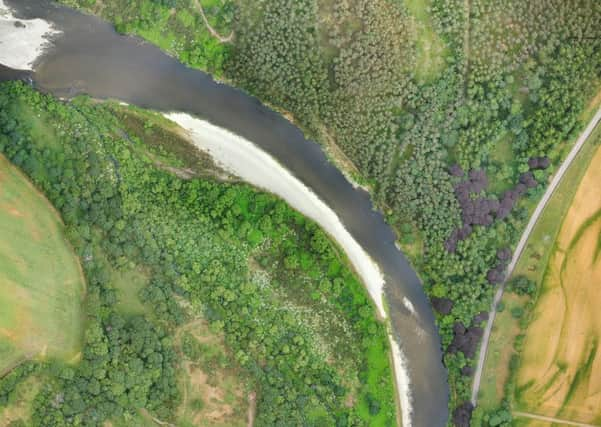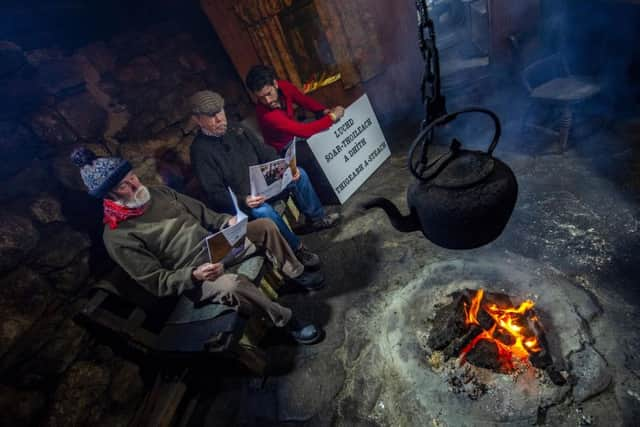Drones help root out aliens invading Scottish riverside


Hi-tech drones are helping root out troublesome alien plants in an effort to stop them taking over some of Scotland’s best loved scenic areas.
The project, by Spey Fisheries Board and the Scottish Invasive Species Initiative, has involved aerial photographs being taken during flyovers of the River Spey.
Advertisement
Hide AdAdvertisement
Hide AdThe survey covered the lower stretch of the river, from Fochabers to Spey Bay.


The images have helped conservationists locate patches of invasive non-native giant hogweed and Japanese knotweed hidden in dense woodlands lining the river banks.
The findings mean project workers and volunteers can target efforts to remove the plants, which destroy natural ecosystems and can be harmful to people.
Brian Shaw, biologist with the Spey Fisheries Board, said: “We’ve been tackling invasive species along the River Spey for a number of years now, particularly working on giant hogweed, and we have made excellent progress upstream of Fochabers.
“We are confident that the upper river is now clear of these pesky plants and we’ve gradually been working our way downstream.
“We are now turning our attention to the lower Spey, but the woodland alongside the river is really dense and finding the plants is extremely difficult. It’s like fighting through a jungle.”
But there is still much work that needs to be done to keep the invaders in check, according to James Symonds, Spey project officer for the Scottish Invasive Species Initiative.
He said: “The survey was fantastic, but it did reveal some huge stands of knotweed and hogweed that we were previously unaware of, so there will be a lot more hard work over the next few years until we can get these areas under control.”
Advertisement
Hide AdAdvertisement
Hide AdThe team is working with staff and volunteers from the Whale & Dolphin Society and the Scottish Wildlife Trust.
“We’ve all joined forces to tackle the giant hogweed and will redouble our efforts next year in a concerted and concentrated attack on this problem plant,” he added.
The Scottish Invasive Species Initiative is led by Scottish Natural Heritage, with support from the National Lottery. Over the next four years it will also be tackling American mink and Himalayan balsam across northern Scotland.
The Spey survey was funded by Crown Estate Scotland.